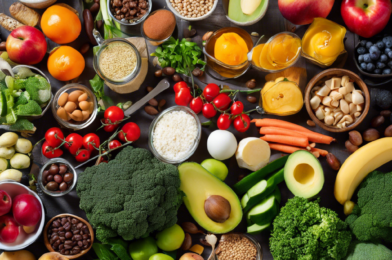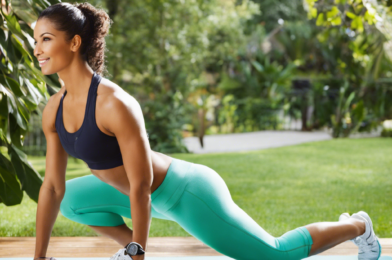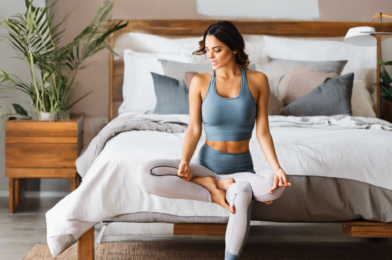The demands of modern life can leave us feeling overwhelmed and stressed. Fortunately, mindfulness practices offer a simple and effective way to manage stress and bring a sense of calm to our daily lives. With regular practice, these techniques can help reduce stress levels, improve focus, and enhance overall well-being. So, here are five powerful mindfulness techniques that you can use anytime, anywhere, to quickly reduce stress and improve your mental health.
One of the most well-known mindfulness techniques is deep breathing. This involves slowing down your breath and focusing on taking slow, steady, deep inhales and exhales. This simple practice can help activate your body’s relaxation response, reducing stress and promoting a sense of calm. Try inhaling for a count of four, holding for a count of four, and then exhaling for a count of eight. This slow and controlled breathing pattern can help you quickly regain a sense of balance and ease.
Another effective technique is a body scan meditation. This practice involves directing your attention to different parts of your body, from head to toe, noticing any sensations, tension, or discomfort. As you bring awareness to each area, consciously relax and release any held tension. This technique helps you become more attuned to your body, improving your ability to recognize and manage physical signs of stress.
Mindfulness also involves observing your thoughts without judgment. When stressed, our minds can race with negative or worrying thoughts. By taking a step back and observing these thoughts as passing clouds or buses passing by, you detach yourself from their emotional charge. This practice helps create space between you and your thoughts, reducing the power they have over your emotional state.
A simple yet powerful technique is to use a mindfulness phrase or word to anchor yourself in the present moment. Choose a word or short phrase that resonates with you, such as “calm,” “relax,” or “let go.” Whenever you notice your mind wandering or stress levels rising, gently bring your attention back to the present by repeating your chosen word or phrase. This acts as a mental reminder to bring you back to a state of mindfulness and calm.
Practicing mindfulness of the senses is another quick way to reduce stress. Take a moment to notice and name five things you can see, four things you can touch, three things you can hear, two things you can smell, and one thing you can taste. This technique helps ground you in the present moment, shifting your focus away from stressful thoughts and onto the rich sensory information around you.
Walking meditation is an active form of mindfulness that can be especially helpful when you’re feeling restless or unable to sit still. Instead of sitting, bring awareness to your body and the surrounding environment as you walk slowly. Notice the sensation of your feet making contact with the ground, the movement of your arms, and the air on your skin. This practice combines physical movement with mindful presence, helping to calm a busy mind while also energizing your body.
Finally, mindfulness of everyday activities can be a game-changer for stress management. Instead of rushing through daily tasks, bring mindful presence to them. Whether it’s brushing your teeth, doing the dishes, or walking to work, fully immerse yourself in the experience. Pay attention to the sensations, sounds, and sights associated with the task. This practice helps you cultivate mindfulness throughout your day, bringing a sense of calm and presence to even the most mundane activities.
By incorporating these simple techniques into your daily life, you can effectively manage stress and improve your overall well-being. Remember, mindfulness is a skill that improves with practice, so be patient with yourself and consistent in your efforts. Over time, these practices will help you cultivate a sense of calm, clarity, and resilience, enabling you to navigate life’s challenges with greater ease and presence.






